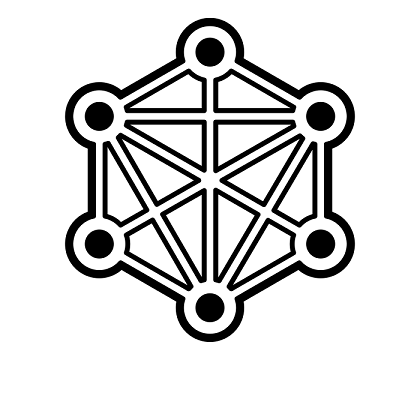Excerpt from You are a Badass:
“You’ll probably have to do things you never imagined you’d do because if any of your friends saw you doing it, or spending money it, you’d never live it down. Or theyd be concerned about you. Or they’d stop being friends with you because now you’re all weird and different. You’ll have to believe things you can’t see as well as some things that you have full-on proof are impossible. You’re gonna have to push past your fears, fail over and over again, and make a habit of doing things you’re not so comfy doing. You’re going to have to let go of old, limiting beliefs and cling to your decision to create the life you desire like your life depends on it.”
While Jen Sincero, the author of You are a Badass, is describing the means by which we achieve a more creative personal life and how we might feel about it, the description applies to living a more creative worklife too. What do I mean? I mean that ideas and doing something with them is everything. In the knowledge economy, ideas were to be recorded, shared, exchanged, and managed – there was an emphasis on information flow. But in the creative economy, novel ideas are to be executed in order to create innovative products and markets (customers).
What struck me about the excerpt was the degree to which she includes a variety of individual characteristics and feelings related to “being creative”, including:
- need for openness and divergence
- fear of social judgment and *going against* group membership
- faith
- being uncomfortable with the unknown – embracing the novel, the new and the never-be-done-before, unsureness-of-where-are-we-going?
- tenacity
The author is talking about personal creativity — You are a Badass is a self-help book about being your awesomest self (go ahead, make fun of me, I’ll live it down) but these characteristics and feelings translate to the workplace quite easily — the characteristics she writes about contribute to the basis of individual creativity and, in the workplace, many people are fearful of social judgment and alienating team members, managers and the like at the expense of reputation, promotions, future relationships, etc. In fact, my experience has been that people are more fearful in the workplace because their livelihoods depend upon the ability to earn a living. Unlike our personal lives, the worklife environment is different — after all, a creative employee is not a lone inventor but has to collaborate with different teams, organizations and perhaps other companies.
When there are similarities between personal and workplace creativity and living creative lives, one of the main differences is that there is an interaction between individual characteristics, levels of context and environment, interpersonal relationships, and the ability to influence others. This is a system of elements, and requires a systems-perspective and analysis.
Welcome to my blog (to my research) and the stuff that interests me.
